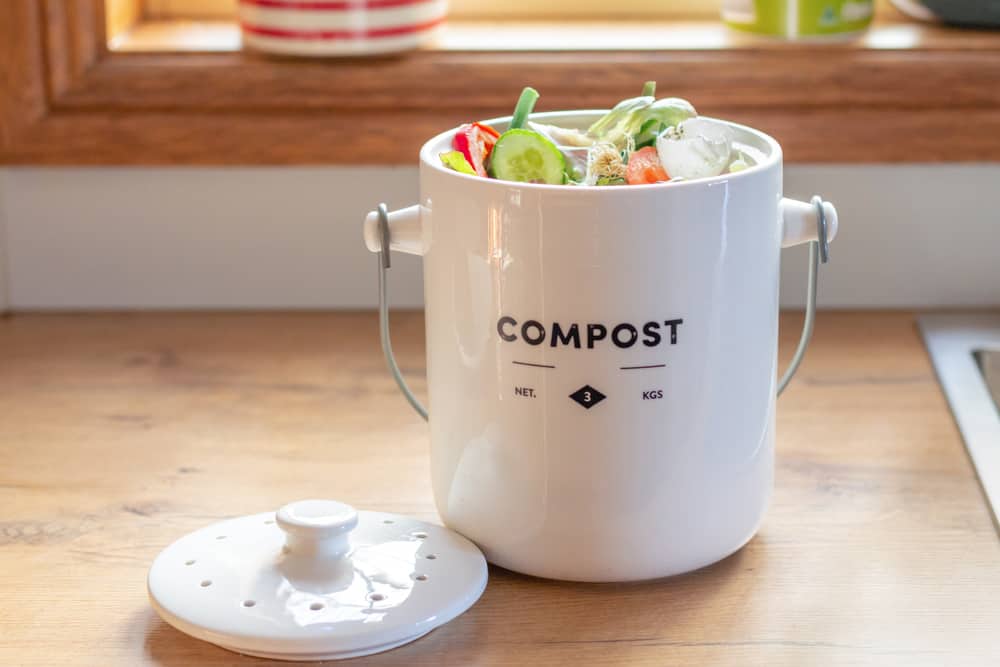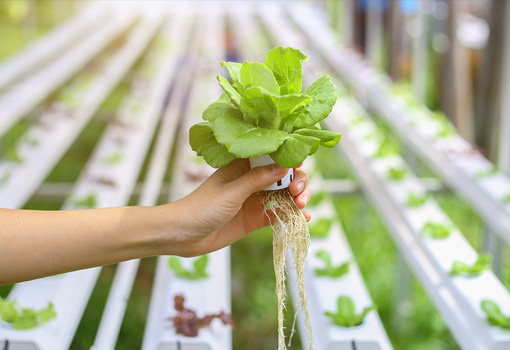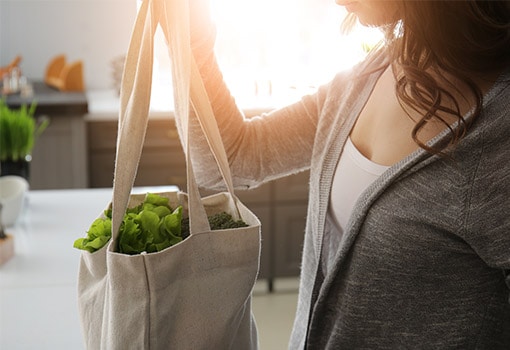So you’ve decided to live more sustainably by composting—now what? What are your options and how do you start?
First of all, congratulations on trying to live a more thoughtful and less wasteful existence! You can be as involved as you want; the level of commitment ranges from low to higher maintenance. You can do it indoors or outdoors. A backyard can house your own compost pile; however, options are more limited in a small apartment. This post is meant to give you a general rundown on the different types of composting and what they entail, but doesn’t provide comprehensive how-tos.
countertop composting
At the most basic level of involvement is countertop composting. To do this, you simply collect all of your food scraps (like fruit and vegetable scraps or coffee grounds) and drop them off or have them collected so that some other entity can turn them into compost. For example, farmers markets often have designated drop off points.
Private composters and some local governments do curbside collection along with the regular trash. Depending on your where you live, you can also receive finished compost in exchange (usually for a fee). Collect scraps in a bin on the counter, or under the sink. Or, if you’re concerned about odors or bugs, store them in your freezer until you’re ready to pass them along.
vermicomposting (worm composting)
Another indoor composting method is worm composting or vermicomposting. This requires more space and is often done in a dark place like the basement or kitchen or a shed. You’ll need a plastic bin to contain the food scraps, shredded newspaper, soil, and red worms while they do their work—eating through the scraps and expelling what are called worm castings, which is nutrient-rich compost. It does involve a little more effort, and you’ll have to check on it occasionally. Pre-made containers for vermicomposting are also available for purchase.
barrel or tumbler composting
If you have a home with a backyard, you could do barrel composting using a tumbler. A tumbler is a container or barrel that can be rotated or that has a handle that allows for easy turning and mixing of the compost material inside; do it a couple of times a week to ensure adequate aeration. It requires purchasing equipment (unless you are handy and can make your own), but makes composting maintenance a little easier than doing it manually. The mix should contain greens (fruits/veggies/grass clippings/coffee grounds), browns (dead leaves/newspapers/pine needles), and water to maintain the proper moisture level. In the beginning, you might also add some soil or compost to start off the process.
compost pile
A compost pile located in your backyard requires the most maintenance. It should contain the same greens and browns listed above. Place the pile on the ground or in a structure made of wood and chicken wire, for example. It should be out of direct sunlight so it won’t dry out too much, and will need to be watered occasionally. Use a rake or pitchfork to turn over the pile periodically.













